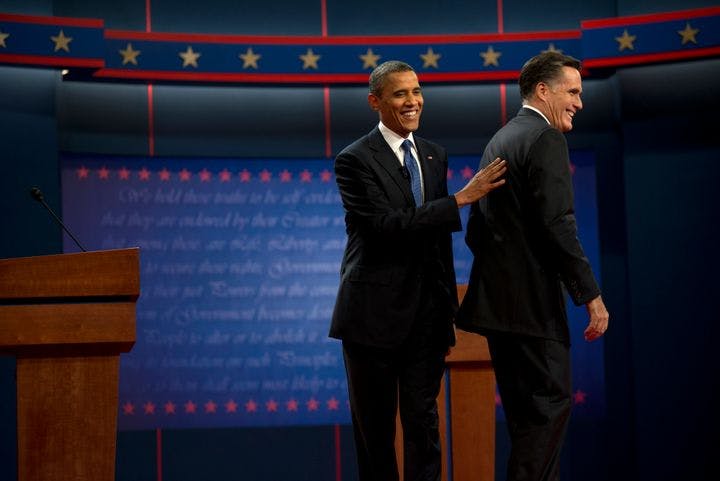Spring 2011
The Elusive Conservative Majority
– The Wilson Quarterly
"Voters may hate the house of government, but they love the bricks used to build it."
Republicans may have trounced the Democrats in the 2010 midterm elections, but if history is any indication, their big gains will be fleeting. The GOP failed to cement electoral wins in 1966, 1980, and 1994 into a permanent governing majority. Henry Olsen, a vice president of the conservative American Enterprise Institute, says Republicans need to face some facts about the voters who are the decisive swing bloc: the white working class.
Many conservatives have long believed that as a whole, the American electorate tilts center-right. In surveys, self-described conservatives outnumber liberals by as much as two to one. Well over half the voting public says it favors smaller government. But those same polls also find strong support for large government programs such as Social Security and Medicare, and other surveys show high levels of backing for education spending. When Republicans come to power and try to reverse liberal policies, voters respond by voting Democratic in the next election cycle.
“Voters,” Olsen says, “may hate the house of government, but [they] love the bricks used to build it.” It’s this paradox that has pushed many Republican governors—as it did President George W. Bush—to drastically expand government spending under their watch.
Many Republican-leaning voters are not conservatives at all. They are antiliberal: They prefer low taxes and balanced budgets, but fearing they could lose everything they've worked for, they also support state-sponsored welfare and retirement benefits. They are patriotic and support the armed forces but are suspicious of anything “big,” whether it be the military, business, or government. This piece of the puzzle—the fear of anything “big”—“gets to the heart of working-class identity,” Olsen says.
“Conservatives need to persuade working-class voters that their efforts to reform key safety-net programs are intended not to shred those safety nets but, rather, to save them,” Olsen argues. He endorses efforts like the one conservatives made in pursuit of welfare reform in the mid-1990s. It was framed as a question of encouraging welfare recipients to be more independent, not as a chance to save money and take away from those in need. In New York City, crime is down and police budgets are shrinking years after Mayor Rudolph Giuliani launched a vigorous reform effort based on the notion that maintaining public order is part of the social safety net.
Olsen contends that reform, rather than wholesale dismantling, is not at odds with the conservative project. Indeed, he argues, certain safety-net programs are essential if free-market capitalism is to flourish.
* * *
The Source: "After the Wave" by Henry Olsen, in National Affairs, Winter 2011.
Photo courtesy of Barack Obama
